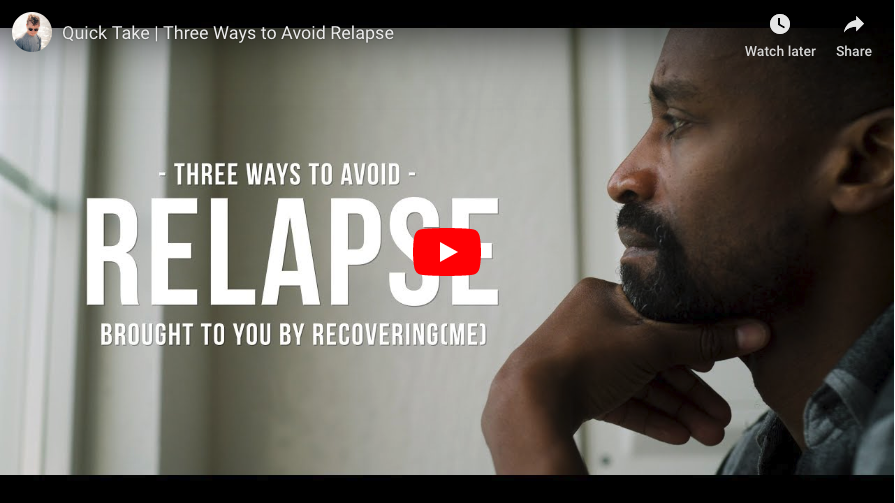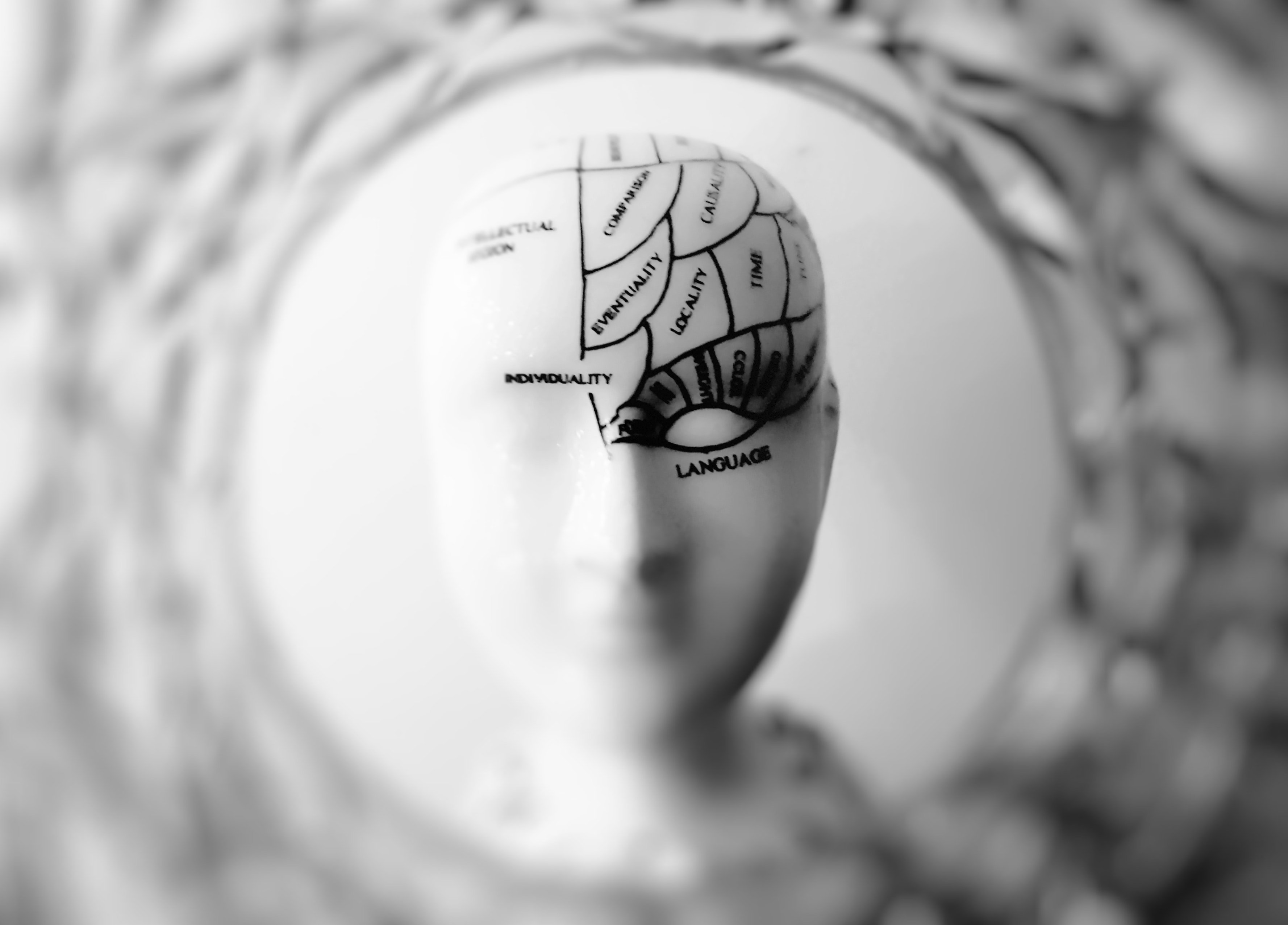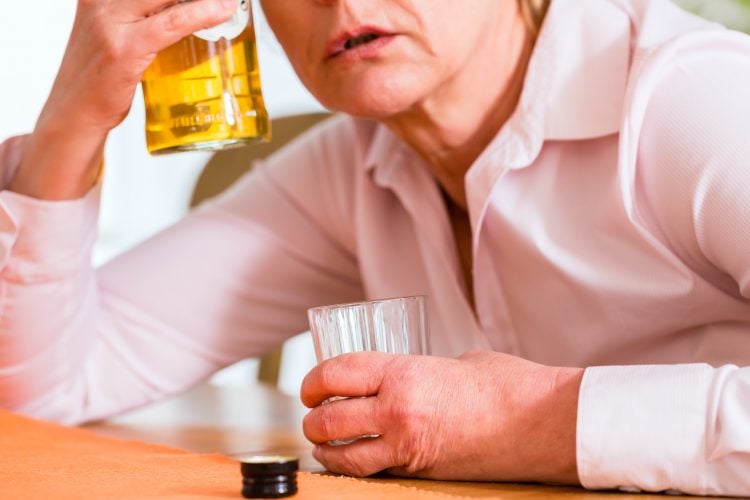
We’re happy to present today’s Quick Take, a new video series brought to you by Recovering(me).

We’re happy to present today’s Quick Take, a new video series brought to you by Recovering(me).

If addiction is a brain disease, then researchers should be able to determine what kinds of medications for this disease work—and how they work, too. That’s the idea underlying a new study that’s being put together by Dr. Nora Volkow at the National Institute on Drug Abuse, or NIDA for short. She wants to take a closer look at the current medications being used to treat addiction and find out just what kinds of effects they have on the brains of people struggling with addiction. This first-of-its-kind study will compare brain scan images before, during, and after treatment with standard MAT medications for addiction.

The value of addiction continuing care is often underemphasized among addiction professionals and treatment clients. There can be lots of focus on initial interventions and treatment levels, with continuing care/aftercare relegated to being an afterthought. But if we really think about what sort of disease addiction is, we should be able to see that continuing care can’t be left out of the treatment equation.

Opioid detox is an important early step in the process of recovering from an addiction to heroin or prescription pain medications. Detox, or detoxification, is the stage of treatment when you stop using addictive drugs and allow those toxins to dissipate so they’re no longer in your system. In an addiction treatment setting, detox can be a phase of treatment or a stand-alone treatment service, and it usually involves management of withdrawal symptoms.

In a recent Stepworks Connect blog post, “3 Big Benefits of Structure in Addiction Recovery,” we discussed the reasons why residential addiction treatment programs often have a lot of structure. Not everyone who is in need of help for addiction is prepared to radically change their daily habits, and structured living can sometimes be a barrier to seeking help from a treatment provider. Yet structure is key to making treatment effective and teaching the person in recovery how to organize their life around healthier habits. What we don’t mean is a one-size-fits-all approach to treatment that simply slots people into predetermined roles and activities. Getting good treatment for substance use is all about learning how to import structure into your own life, around your personal goals and responsibilities.

Many people who seek help for drug or alcohol dependency find out that addiction treatment improves family life in ways they never anticipated. Having a healthy family life is crucial to feeling confidant and supported in recovery, so the topic of family relationships is often a big component of recovery programs like Stepworks. Unfortunately, some people who are struggling with drug dependency aren’t aware of the ways in which addiction treatment could strengthen their family bonds.

Why do people emphasize the importance of structure in addiction recovery programs? Is structure the end goal or just a way of getting to sobriety? These are commonly asked questions, especially when one is looking at the pros and cons of different treatment programs. Questioning structure is also a common response that people may have when they first enter a rehab program or recovery environment. A person like that might ask, “Why do I have to attend all these group meetings?” or, “How come we do this activity at the same time every day?” Discussing the role of structure in addiction recovery means looking at the root of what addiction is and how to best stay on a sober path.

The decision to seek help for a problem using opioids, alcohol, or another drug doesn’t come easy. Many people wrestle with the question of whether they really need professional help. Even after deciding to pursue some kind of addiction treatment, many are unsure what kind of treatment they should choose. Residential addiction treatment, or rehab, offers an immersive kind of treatment that can be particularly effective in laying down a foundation for lifelong recovery. Unfortunately, internal or external barriers often prevent people who have addictions from choosing residential treatment, at least as a first choice. Some of those barriers are myths or misconceptions about rehab. When you’re making a decision that’s going to have a big impact on your health, it’s important to have accurate information. Take a look at these commonly held residential addiction treatment misconceptions. Spreading the facts about rehab can help people make informed health decisions and make more efficient use of the various pathways to recovery.

If you have recently been struggling with a drinking problem, you’re not alone: heavy alcohol use is currently on a steep rise in the United States. A newly published study and editorial in the JAMA Psychiatry journal showed evidence of huge increases in general alcohol use, high-risk (heavy, binge) drinking, and alcohol use disorders (addiction).
The study revealed a variety of upward trends in alcohol use, noting that socioeconomically vulnerable groups have been especially affected by the rise in drinking problems. When disadvantaged populations in the U.S. are already suffering from a runaway opioid epidemic, an increase in alcohol abuse and dependency can only compound the misery of those who are in need of help.
Anyone struggling with a substance use problem learns that addiction causes financial trouble. Often these money problems come up in ways they might not have expected when they first began using addictive drugs. The consequences of an undiagnosed or untreated addiction eventually reach most or all aspects of one’s life. That translates to damaged relationships, personal health problems, unreached goals, a lack of direction, and other negative outcomes.
Because money problems and poverty create their own set of problems that can be difficult to find a way out of, it’s especially important to consider some different ways that addiction causes financial trouble. Here are five financial consequences of addiction that often drive people struggling with substance use further into desperate situations.